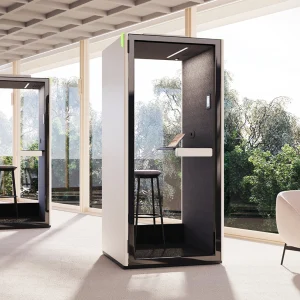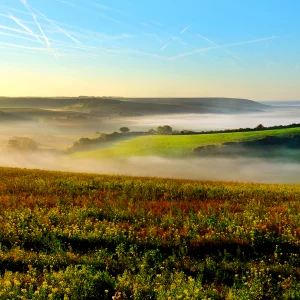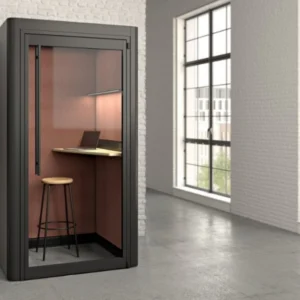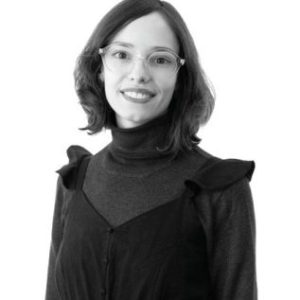Encinitas is a coastal city in northern San Diego County, whose largest single industry is the growing of ornamental flowers, particularly poinsettias.
The station is designed to attain US Green Building Council’s (USGBC) Leadership in Energy and Environmental Design (LEED) – Silver certification. California-based Domusstudio has derived design inspiration for Encinitas Fire Station No. 2 (Cardiff fire station) from many factors such as, the rich flower-growing history of the city, the location of the Cardiff property and the desire of the city for energy efficiency and other green qualities. Spanning 6,330 square feet on 2.15 acres, the new fire station will replace one originally built in 1960.
The station incorporates a repetitive saw-tooth roof that mimics a row of greenhouses. The south-facing slopes of the saw-tooth roof will provide the perfect platform for photovoltaic panels. Other sustainable practices featured at the station are; locally produced sustainable materials, best management practices for trash disposal and recycling, erosion control and storm water management. Low water use landscaping, and highly efficient irrigation and water heaters are integrated to encourage water conservation at the station.
To be built from locally produced sustainable materials, the facility will feature heavily textured block wall with two colors. This will break the structure into a fluted texture darker lower level color, transitioning to a split face texture lighter color above. This color and texture combination will visually reduce the perceived height. The wall also includes a city logo poinsettia flower inset installed with energy-efficient LED lighting to provide a glow at night.
The facility will feature energy-efficient lighting, including LED exit signs, compact fluorescent lighting fixtures and occupancy sensors. Low emitting/low VOC materials, finishes and coatings will be used for the building’s flooring, paints and sealants.
Masonry wall on the east side will act as a sound barrier and will significantly reduce the effects of freeway lights and noise on the one-story building. Construction is expected to start in mid-2010.





